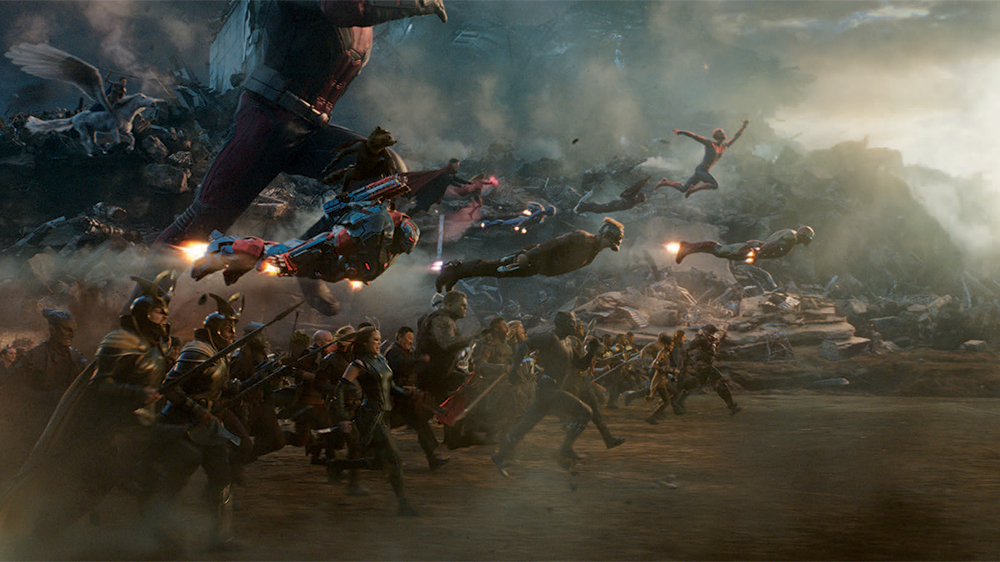How Weta Digital Keeps Its Team Working During the Coronavirus Pandemic
By Jazz Tangcay
LOS ANGELES (Variety.com) – Even before the coronavirus crisis wreaked havoc across the entertainment industry, Weta Digital was monitoring the situation closely.
The VFX house, headquartered in New Zealand and responsible for some of the most memorable visual effects in film over the past two decades, had to deal with the spread of the disease early due to Weta’s close proximity to China.
By Jan. 24, the company had formed a COVID-19 task force, holding weekly meetings. By the time it put together a two-part action plan, including what it thought would happen once the pandemic hit New Zealand, the country had announced its first case.
“The speed with which it accelerated caught us off guard,” says David Conley, Weta Digital executive VFX producer. The company had to move 1,500 employees off-site and get them working from home. “We thought we had five to 10 days,” he says. “We had three.”
It’s been almost two months since many companies around the world have started asking employees to work from home. The team at Weta Digital, much like anyone else in post-production, is dependent on the flow of incoming shots that need attention. “Depending on the length of the quarantine, we would expect to see a dip in work available to facilities,” Conley says. But if this goes on much longer, everyone will run out of shots “and then we’ll have nothing.”
Though there is no shortage of jobs in VFX, the sector was fragile before the pandemic struck. Now, with facilities restricting access and employees working from home, there’s no doubt the crisis will have a financial impact on the post-production environment. It all depends on how well a company is positioned to endure a lengthy dry spell.
The Weta Digital team has a robust and wide-ranging CG, 3D library of locations that allows the company to build “entirely CG shots with no [background] plate,” says Dave Gougé, head of marketing and publicity. For instance, if a studio can’t get to Vietnam to shoot background, the company can digitally replicate what’s needed.
Conley says communication with studios is vital, citing calls to Warner Bros. executive vice president of visual effects Anne Kolbe and Marvel executive vice president of production Victoria Alonso. “We pick up the phone and try to work with them and achieve solutions that help their projects” under the industry’s current parameters, he says. Both Alonso and Kolbe and their executive teams, he adds, “have an eye to the long-term stewardship of the industry.”
The one common goal for all post-production executives is that the visual effects economy remains vibrant in a post-pandemic world. Conley predicts that once the crisis is over, there will be a land rush as companies scramble to get their projects going again. “Everyone will want to be first to get movies into theaters and on their platforms,” he says. “It’s going to be an interesting period.”

